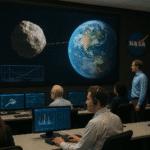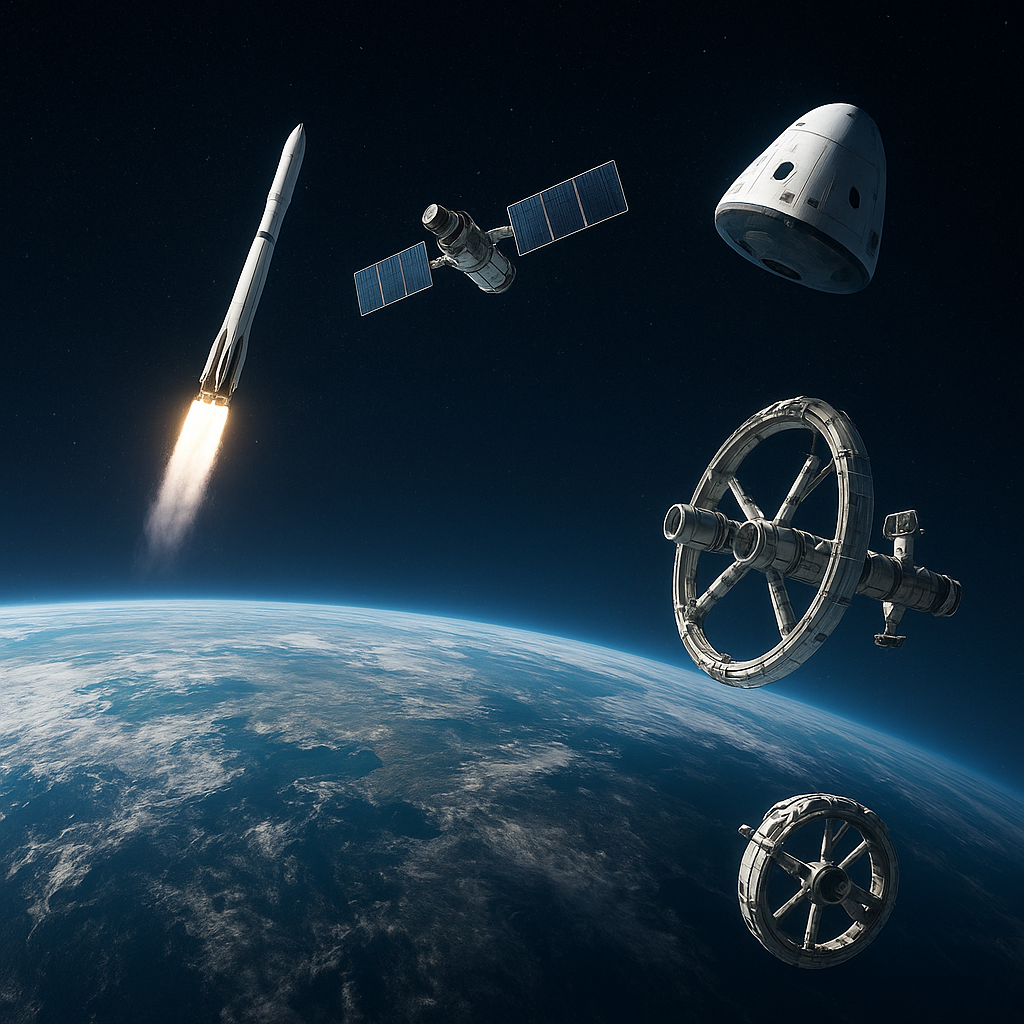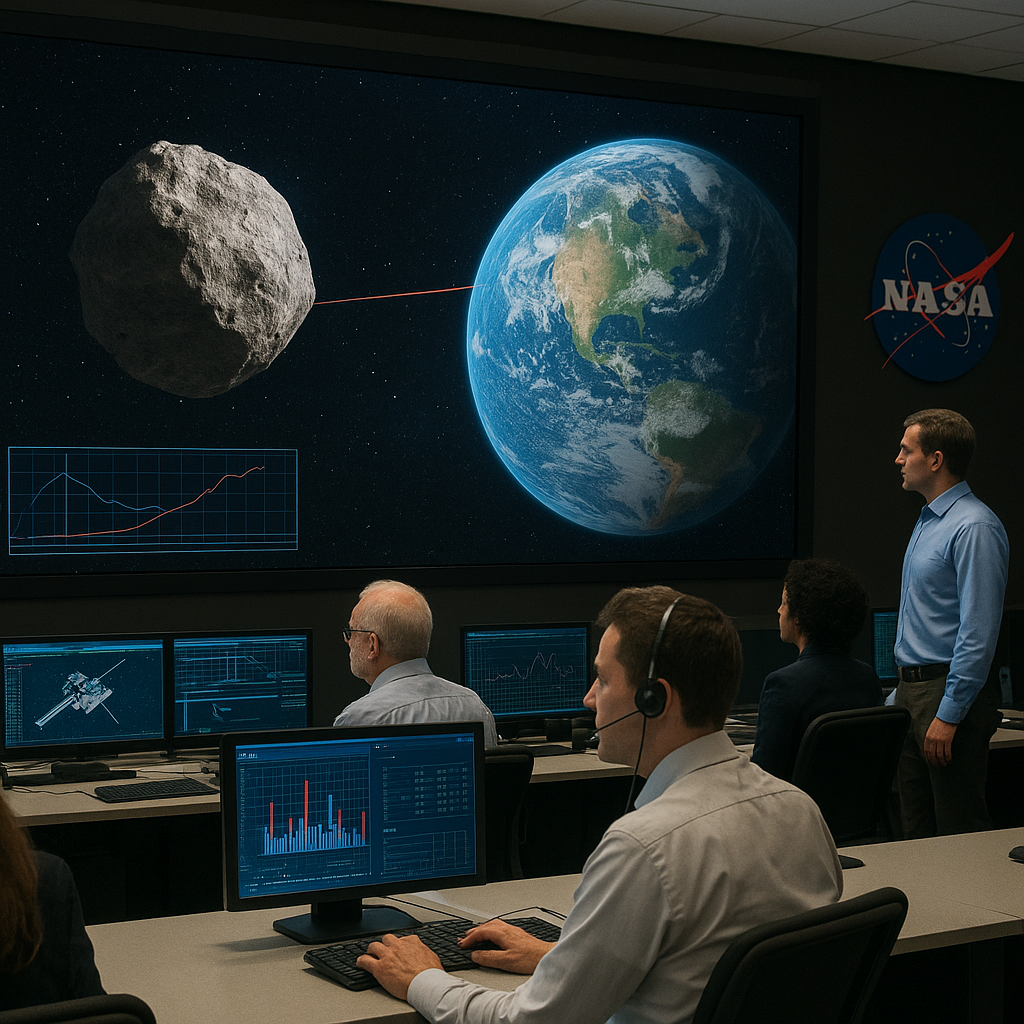Space exploration, once exclusively driven by governmental agencies, has been **revolutionized** by the rise of private enterprises. These companies are not only reshaping the boundaries of what is technologically feasible but also redefining the very **economics** of space access. From reusable rockets to commercial space stations, private players are injecting unprecedented **competition**, driving down costs, and opening new markets beyond Earth’s atmosphere.
The Rise of Commercial Spaceflight
The first signs of a commercial revolution in space came with the advent of privately funded launch systems. Early pioneers recognized that traditional aerospace contractors, hampered by legacy processes, faced difficulties in scaling and cost reduction. Enter firms that embraced **innovation**, agile development cycles, and risk-taking attitudes more typical of Silicon Valley than NASA’s corridors.
- Reusable Rockets: The introduction of first-stage recovery dramatically lowered the cost of each launch by up to 70 percent, making routine access to orbit economically viable.
- Small Satellite Launchers: Startups developed lightweight vehicles optimized for microsatellites and CubeSats, addressing the booming demand for Earth observation and communications platforms.
- Space Tourism Providers: A handful of ambitious ventures are pioneering orbital and suborbital trips for private citizens, committing to a future where passing the Kármán line becomes a luxury service.
By forging partnerships with institutional customers and securing venture capital, these companies accelerated timelines, enabling rapid iteration on propulsion, avionics, and materials. The private sector’s influence has turned what was once a multi-billion-dollar ordeal into a more accessible, if still challenging, industry.
Economic Models in Outer Space
Traditional funding models for space programs relied on government budgets and long planning cycles. In contrast, private firms leverage alternative economic structures, such as:
- Public-Private Partnerships (PPPs): Collaborations where governments share risk and capital with commercial entities, aligning incentives and speeding up project execution.
- Subscription Services: Satellite operators now offer data-as-a-service, monetizing real-time imagery and communication bandwidth through monthly fees rather than one-time sales.
- Auctioned Spectrum: Companies bid for frequency allocations, ensuring they have dedicated channels for satellite constellations, while providing governments with upfront revenue.
These innovative **models** create recurring revenue streams, attract private investment, and foster sustainable growth. They also encourage companies to optimize performance, reliability, and customer service, responding directly to market forces instead of rigid bureaucratic requirements.
Infrastructure and Resource Utilization
Beyond launches, private enterprises are transforming how humans will live and operate in space. The following developments illustrate the breadth of commercial ambition:
- Orbital Habitats: Companies are designing modular stations that can host research labs, manufacturing facilities, and even tourist accommodations in low Earth orbit.
- In-Space Manufacturing: Microgravity environments offer unique opportunities to produce high-purity crystals, fiber optics, and biomedical products unattainable on Earth.
- Asteroid Mining Initiatives: Ventures are exploring extraction of metals, water, and volatiles from near-Earth objects, potentially supplying deep-space missions and fueling interplanetary travel.
- Spaceports: New ground infrastructures are being built around the globe to support frequent launches, crewed missions, and rapid turnaround of reusable vehicles.
By unlocking these capabilities, the private sector is laying the groundwork for a truly **interplanetary** economy. Resource utilization in space promises to reduce extraneous launch mass from Earth and enable more ambitious scientific and commercial endeavors.
Regulatory Challenges and Future Prospects
The accelerating pace of commercial space activity presents clear regulatory dilemmas. Governments and international bodies must address issues such as orbital debris, frequency coordination, liability frameworks, and property rights in outer space. Recent progress includes the establishment of clear licensing processes and guidelines for responsible operation, yet many grey areas remain.
Key Regulatory Considerations
- Debris Mitigation: Companies must comply with standards for end-of-life deorbiting to preserve orbital environments for future users.
- Frequency Allocation: Coordinated spectrum management prevents harmful interference among satellite networks.
- Liability and Insurance: Clear rules on collision liability and insurance requirements reduce uncertainties for investors and operators.
- Resource Rights: Emerging national laws attempt to define the legal status of extracted space resources, a topic of debate in multilateral forums.
Looking ahead, private firms plan to expand beyond Earth orbit. Missions to the Moon aim to establish refueling depots and research bases, while preliminary studies for crewed Mars voyages are underway. Astrobiology, geological exploration, and even the prospect of **terraforming** spark both scientific curiosity and commercial interest.
As costs continue to fall and technology matures, **entrepreneurship** and strategic partnerships will be critical. The next decade could see orbital hotels hosting thousands of visitors annually, robotic miners harvesting lunar regolith, and satellite swarms providing global broadband connectivity. Private companies stand poised to transform space from a frontier of public ambition into a bustling commercial ecosystem.










